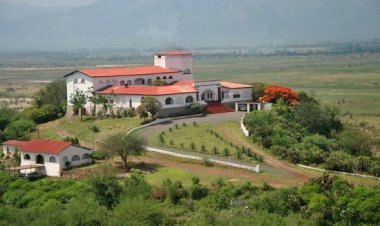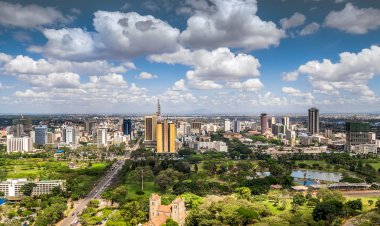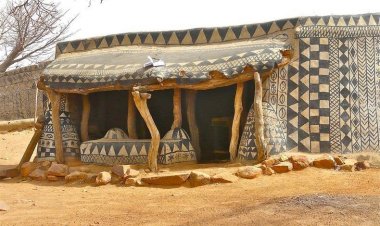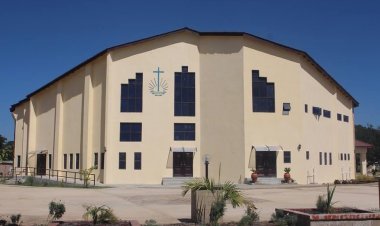You Need KSh 65 as Entry Fee to the Nairobi Arboretum
One can walk through Nairobi University way to Statehouse Road then to Arboretum main gate. For those using public transport matatus plying Kileleshwa route, number 48 from odeon will get you to Shell, then one can walk 100 metres to the pedestrian gate of the Arboretum. Those on private transport can get there with the use of google maps from any of their departure point.
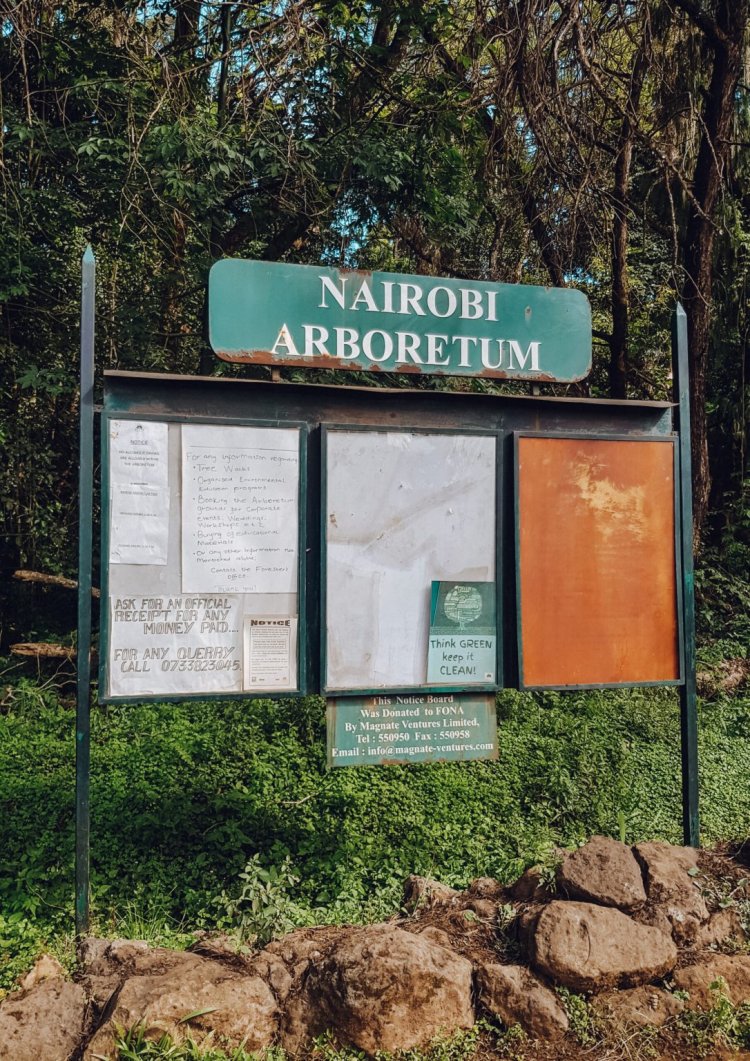
If you are in the Nairobi CBD, bored and need some adventure, you can walk to Arboretum where you will be needed to pay Ksh 65 for an adult and Ksh 27 for a kid as an entry fee. Payment is only done at the gate through Mpesa. It is open from 6.00am to 6.30pm daily.
 People paying at the Arboretum [Photo/courtesy]
People paying at the Arboretum [Photo/courtesy]
This fee went up in January 2021 from Ksh 50 and Ksh 20 for adults and kids respectively.
Charges here are standard for citizens, residents, and foreigners, unlike other places with different rates for every tourist category.
Other fees include Ksh1,322 for photography and Ksh 3,306 for videography.
 Photo/courtesy
Photo/courtesy
Nairobi Arboretum is approximately 3km from the City Centre. One can walk through Nairobi University way to Statehouse Road then to Arboretum main gate. For those using public transport matatus plying Kileleshwa route, number 48 from odeon will get you to Shell, then one can walk 100 metres to the pedestrian gate of the Arboretum. Those on private transport can get there with the use of google maps from any of their departure point.
Nairobi Arboretum was established in 1907 and was gazetted in 1932 as a forest reserve as a site for exotic tree species and is managed by Kenya Forest Service. The need to preserve this area was out of concern of the diminishing indigenous trees.
According to the Kenya Forest Service, the Nairobi Arboretum occupies 30.4 hectares and now hosts more than 300 species of exotic and indigenous trees, Sykes and Vervet monkeys and more than 100 bird species.
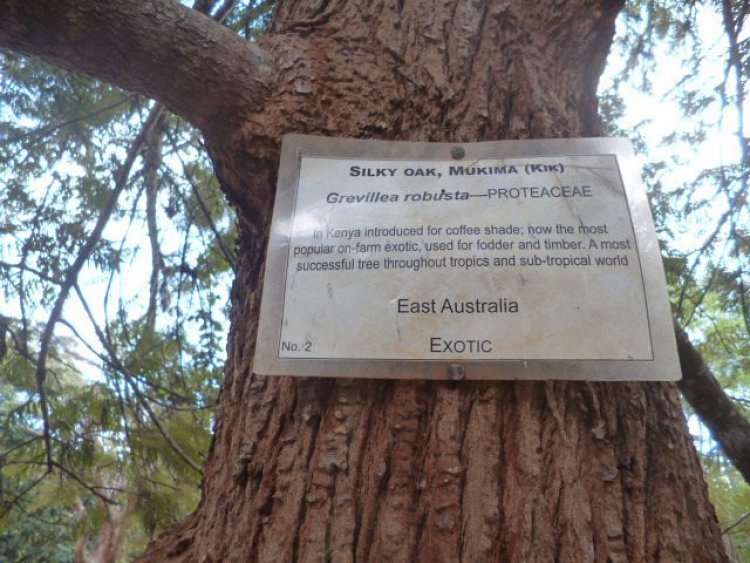 Silky Oak tree at the Arboretum [photo/courtesy]
Silky Oak tree at the Arboretum [photo/courtesy]
Apart from resting activities at the arboretum include bird watching, learning about trees, picnics, running and corporate and social events.
-Edited by Emomeri Maryanne













